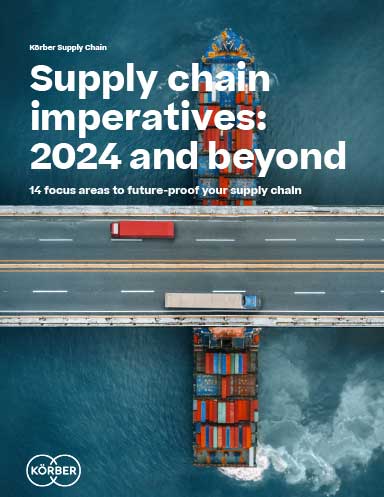Over the past 15 years, organizations have invested billions in eCommerce platforms and technology. Corporate initiatives became “all eCommerce, all the time” and far too often, this singular focus distracted companies from the exponential value achieved from supply chain modernization. Here are the two main reasons:
eCommerce innovation became a default answer and companies felt the need to keep up. Innovation in supply chain was also happening, but not at the same speed as eCommerce technology and thus did not bring out the same sense of urgency.
Billions of dollars were spent on the implementation of eCommerce platforms, augmented reality (AR), artificial intelligence (AI) and other overengineered initiatives that extend beyond the core competencies of the acquired system. All in the name of getting a customer to add one more “line” to their order.
An eCommerce platform is an online e-shop or e-storefront capable of making a transaction. It is when you think about it in those terms that you start to realize the singularity of it. The e-shop is simply an online catalog where you display your goods with the hope customers buy, a single channel in a “channel prolific” world. It is not the eCommerce platform that ties channels together, manages the order lifecycle or coordinates allocation - that is the steadfast role of supply chain solutions.
Enterprise B2B has been surviving like this for decades using electronic data interchange (EDI) over other outpaced and even more technically modern solutions as their primary coordinator of commerce. Given the globally distributed nature of supply chain networks, all stakeholders need to consider an upgrade. The growth in supply chain complexity has not come at the expense of consistency. Instead, the eCommerce boom has left the customer experience focused on the front end of a single channel of execution stitched together without a reliable, single source, of truth. This short-sighted focus on the end-to-end customer experience has also placed exponential demands on systems designed for far simpler commerce motions.
While eCommerce platforms are single-channel commoditized solutions, ERP systems are exposed for the lack of flexibility and debilitating costs. Conversations in the boardroom are returning to supply chain topics and solutions for their time to value, flexibility and accountability from one end to the other.
Download the eBook to see how Korber and its partners expertise can benefit your supply chain and create a plan to prioritize changes to your supply chain imperatives.








